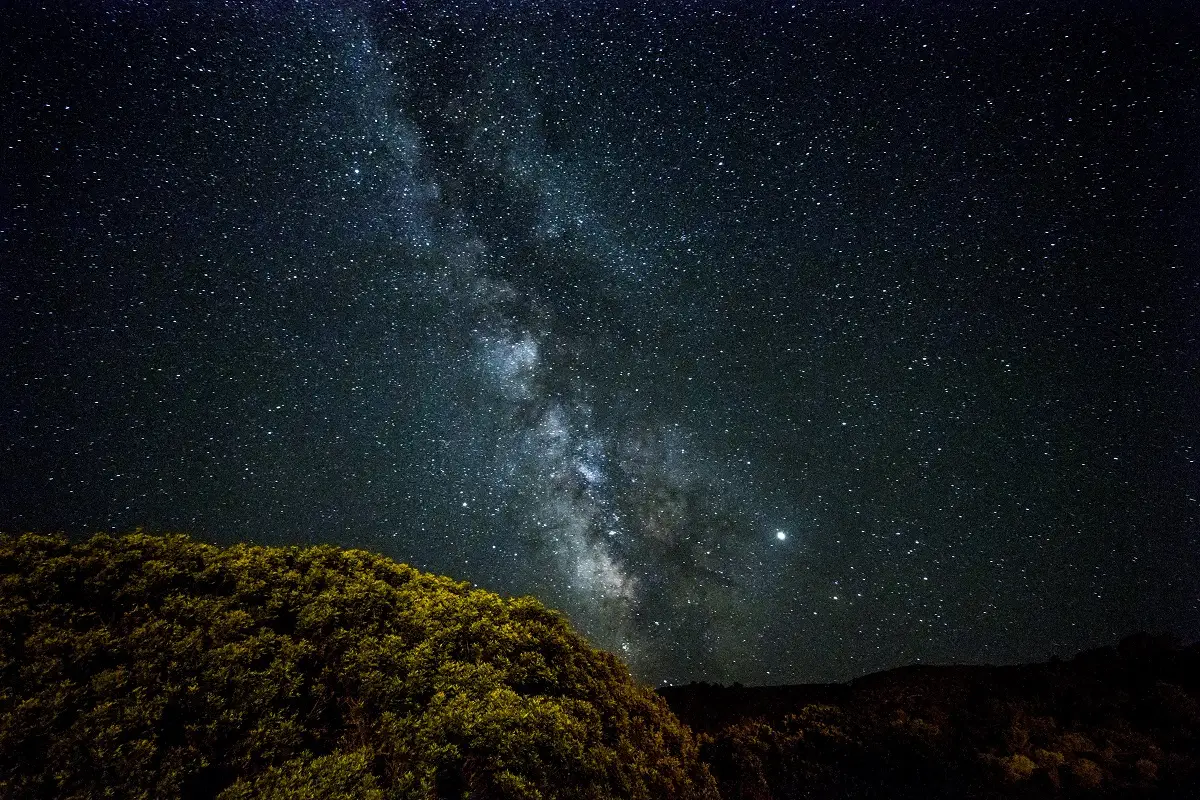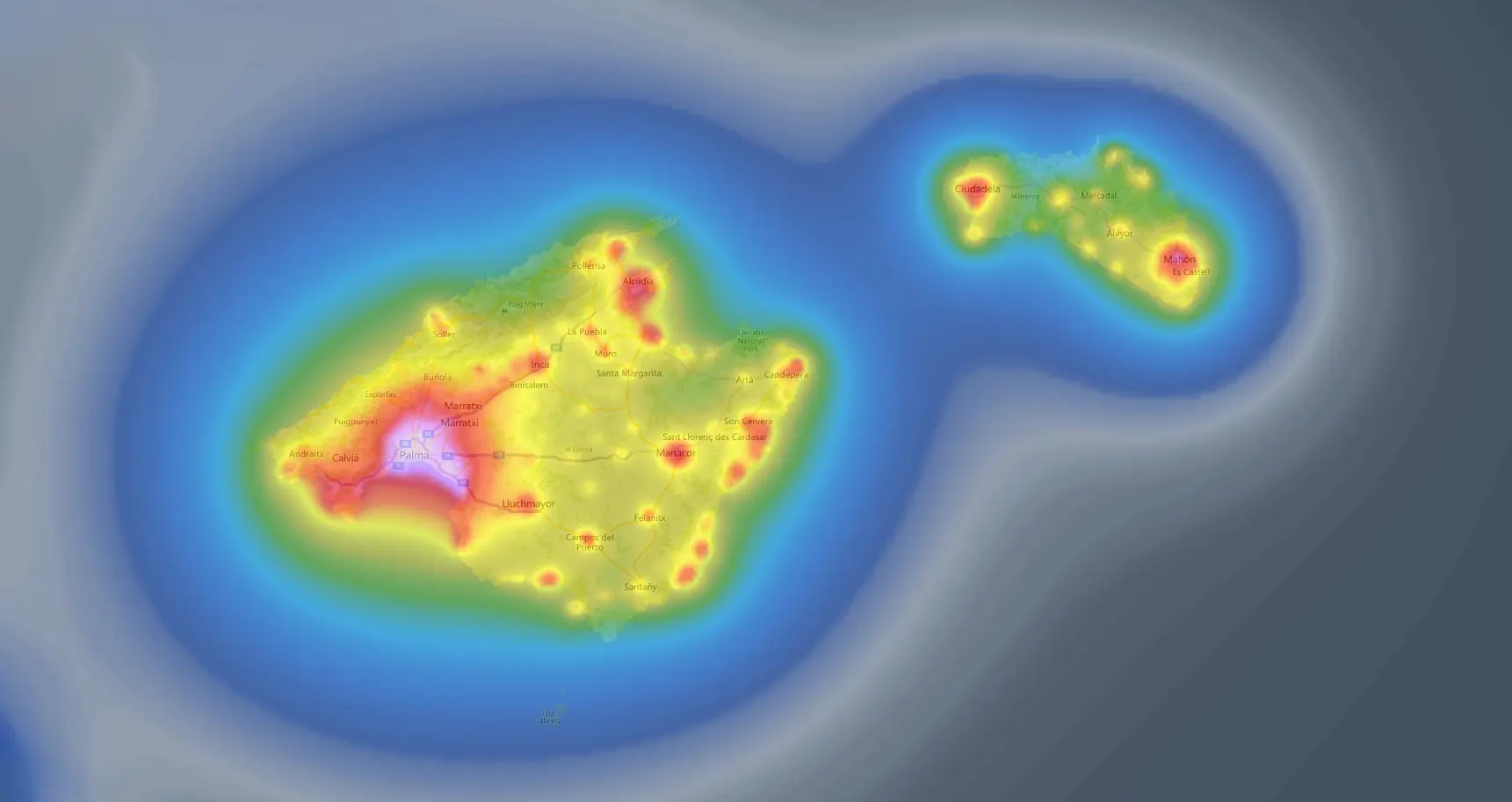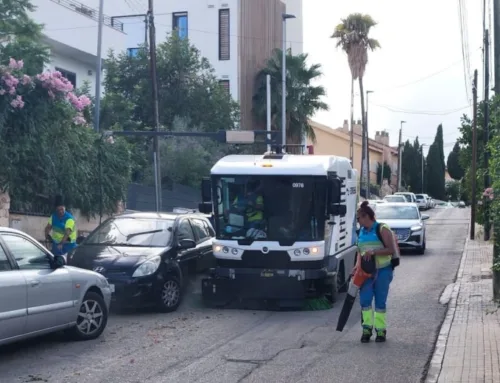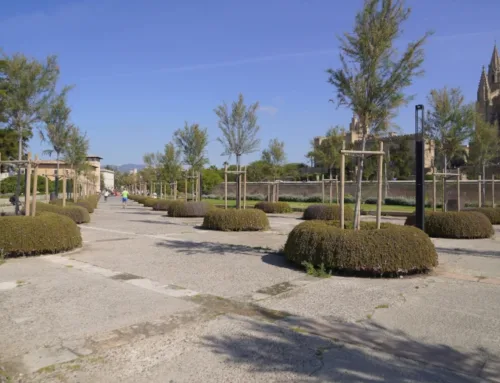
La Vía Láctea en la isla de Cabrera donde se observan multitud de estrellas de diferente intensidad de brillo y tonalidades. Foto: Jaime Sánchez Millán.
Antonia Gil. Palma
“There is a social culture that everything has to be illuminated, the night has to be made day to live safely,” laments Andrés Gil, vice-president of the Astronomical Association of Mallorca, AstroMallorca. “Light pollution is not only in the cities; rural areas are also becoming urbanised,” he warns.
Light pollution
Mallorca’s ‘ring of fire’ – which is the name given to the areas with the highest light pollution on the island – stretches from Peguera to Playa de Palma. Other points include Alcúdia, Can Picafort, Cala Millor and Calvià. “50% of animal species have a nocturnal life that is altered. Moreover, it affects our circadian rhythms and causes us more insomnia problems,” Gil explains.
Mallorca’s dark places
“These are characterised by the fact that you can see the sky that our ancestors saw. Although it is increasingly difficult. It’s like wearing foggy glasses, a veil, which deprives us of marvelling at the immensity of the Universe,” Gil describes. They are the Serra de Tramuntana, the natural parks, the Llevant mountain range, some points along the coast, such as the Cap de Ses Salines, the high places, Puig de Sant Salvador, some areas of the Pla and protected areas such as the Albufera.
Menorca Starlight destination
“Although light pollution is reversible,” the expert points out, “we need an environmentally sensitive conscience on the part of the councils and town councils”. For Gil, “Menorca is a model island”, certified as a Starlight Destination and Reserve as one of the best places in the world to contemplate the night sky, and the only one that applies Law 3/2005 on the protection of the night environment of the Balearic Islands. Zoning the territory, preventing lights from emitting above the horizontal plane, eliminating night-time advertising devices and lighting large stretches of beach and coastline are some of the steps to follow in order to enjoy the fullness of the starry sky.

En rojo, las zonas con mayor contaminación lumínica. Foto: lightpollutionmap.info







Leave A Comment